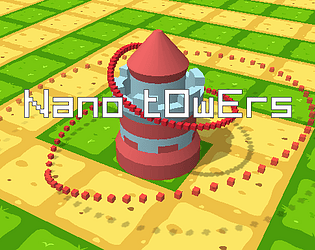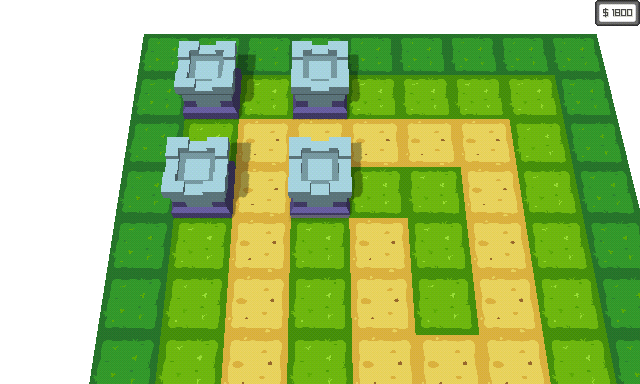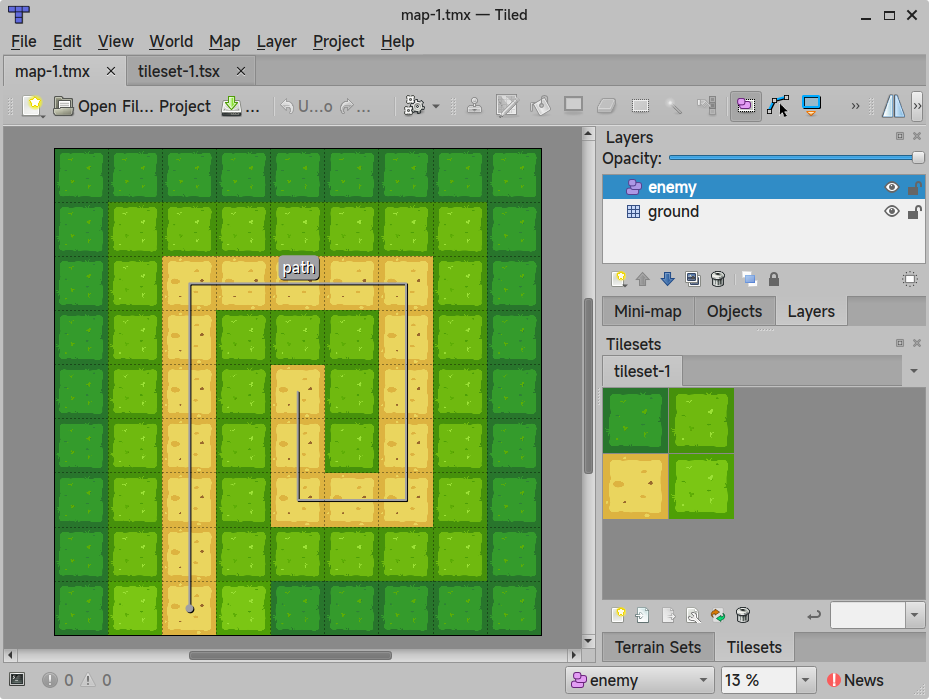Thank you! It is true that the documentation of the EON framework does need improvement, and deployment is also a problem when not using full static linking. I must admit that using the Z/X keys to confirm or cancel is counterintuitive for most people, and I originally thought so too. However, it seems to be a default key for many emulators (such as mGBA), so I adopted it. Since the game fully supports game controllers, I hope to provide a reasonable keyboard-to-controller button mapping by default. In any case, thank you very much for your feedback!
bohonghuang
Creator of
Recent community posts
Thank you! Although I'm not a full-time game developer, I have several years of experience in game development, mostly coding games from scratch without using game engines. During this Jam, I spent an average of 5 hours per day on this game and wrote about 1500 lines of code in total. Most of the common systems, such as the GUI system and particle effects system, are included in my game framework EON and were written before the Jam started.
Thank you for your feedback. The levels are designed so that they require careful tower placement to pass.
Using a single type of tower or placing them in positions that do not match their attack characteristics usually makes it difficult to pass the levels. Additionally, towers can be built during the enemy's attack, so you can strengthen your defense anytime as long as you have enough money.
As a game developer who will participate in the Lisp Game Jam for the first time, I separated a game framework called EON from one of my personal projects.If you are also preparing for the Jam and looking for a new game framework for Common Lisp, EON might be the one. Built upon and cooperating with claw-raylib, EON integrates commonly used facilities in game development, especially old-school style. All interfaces of Raylib, including Raygui, Raymath, and RLGL, can be used alongside EON, making it easy to get started if you are familiar with Raylib. EON provides a rich set of features for game development, such as asynchronous support, asset and audio management, proper screen and viewport abstractions, scene and GUI systems, particle effect systems, Tiled map renderer, and more. You can refer to the examples and cheatsheet of Raylib to learn its interfaces and familiarize yourself with the usage of EON by exploring the eon-examples. APIs of EON are subject to change as the project is still under development.




